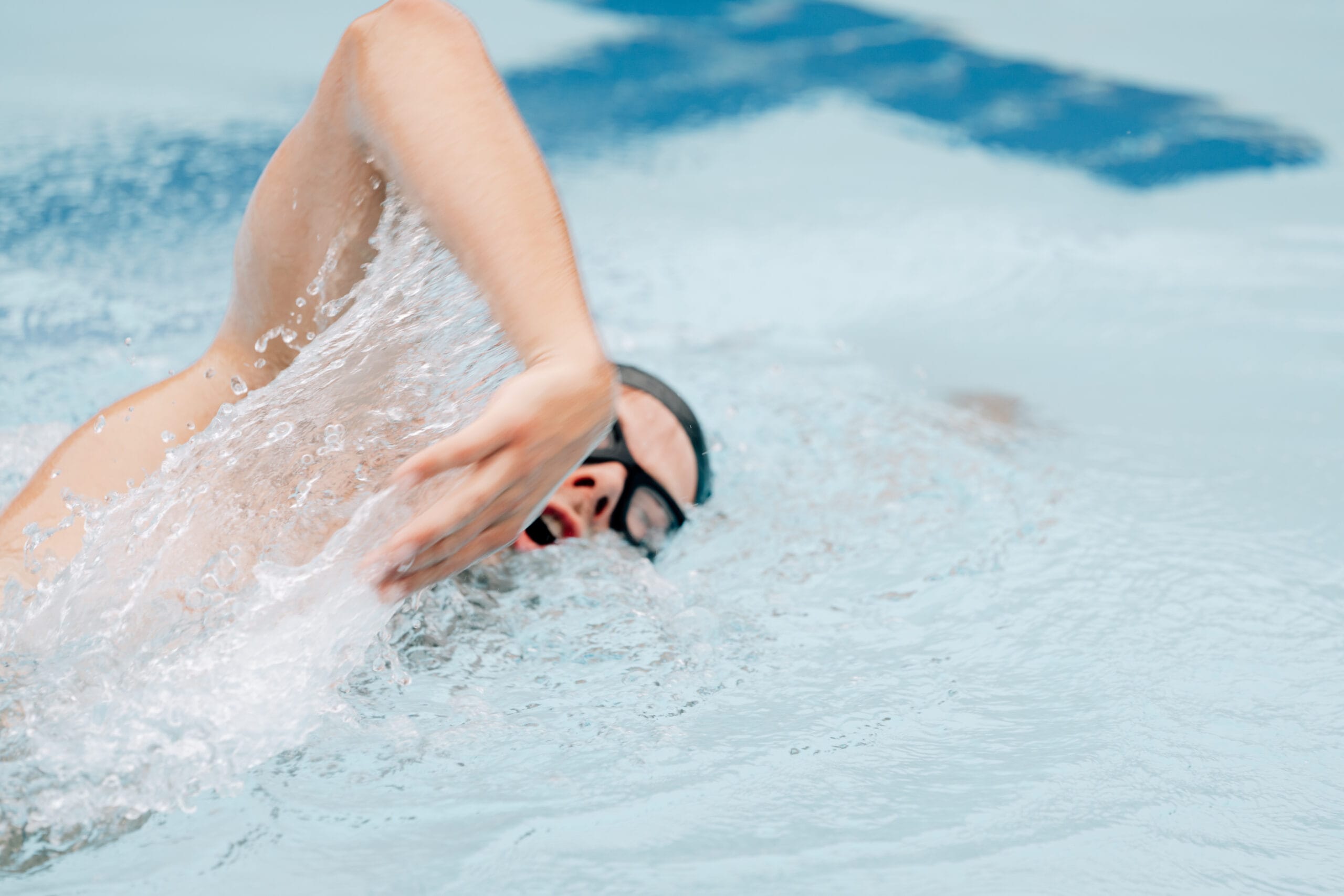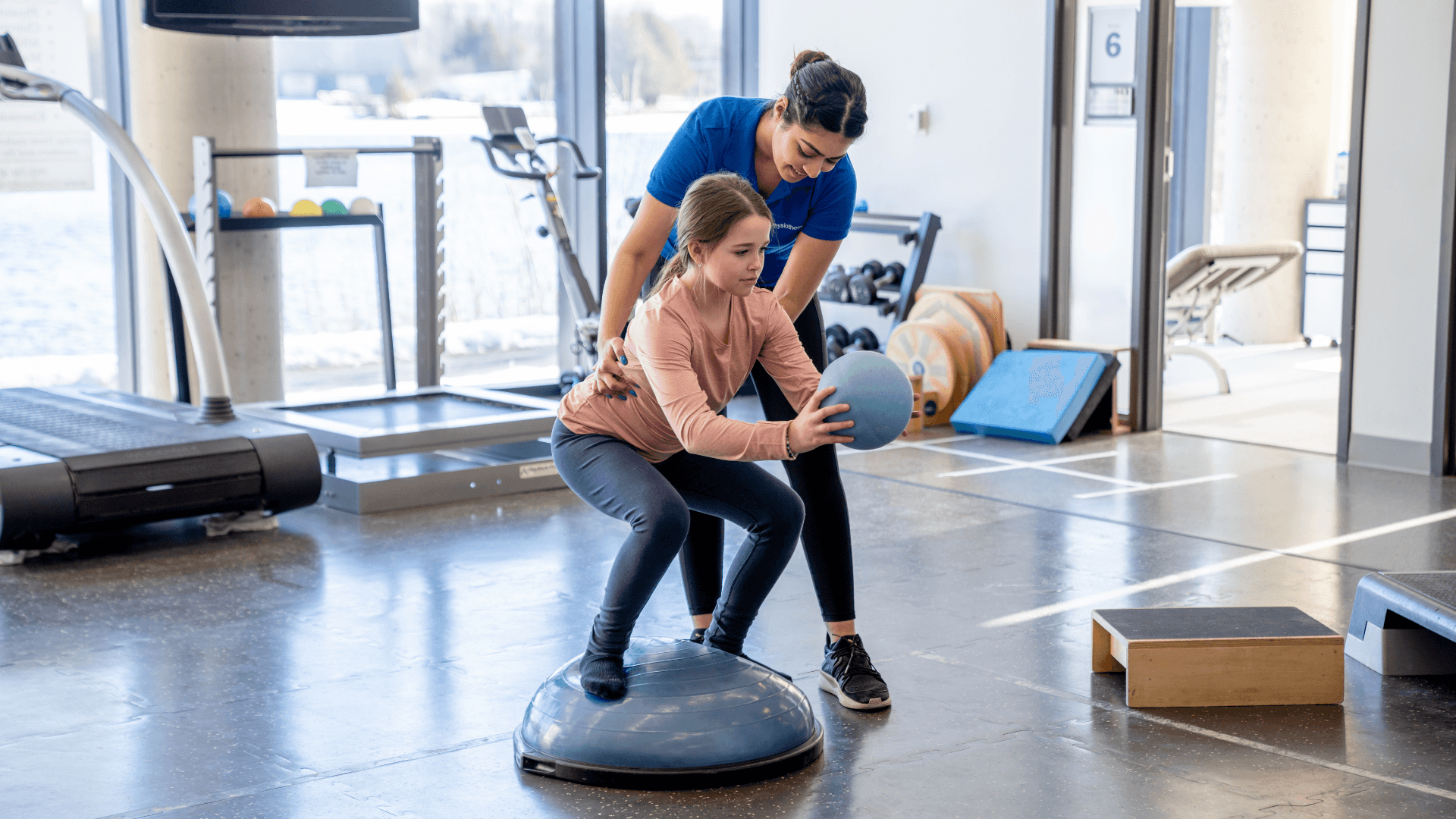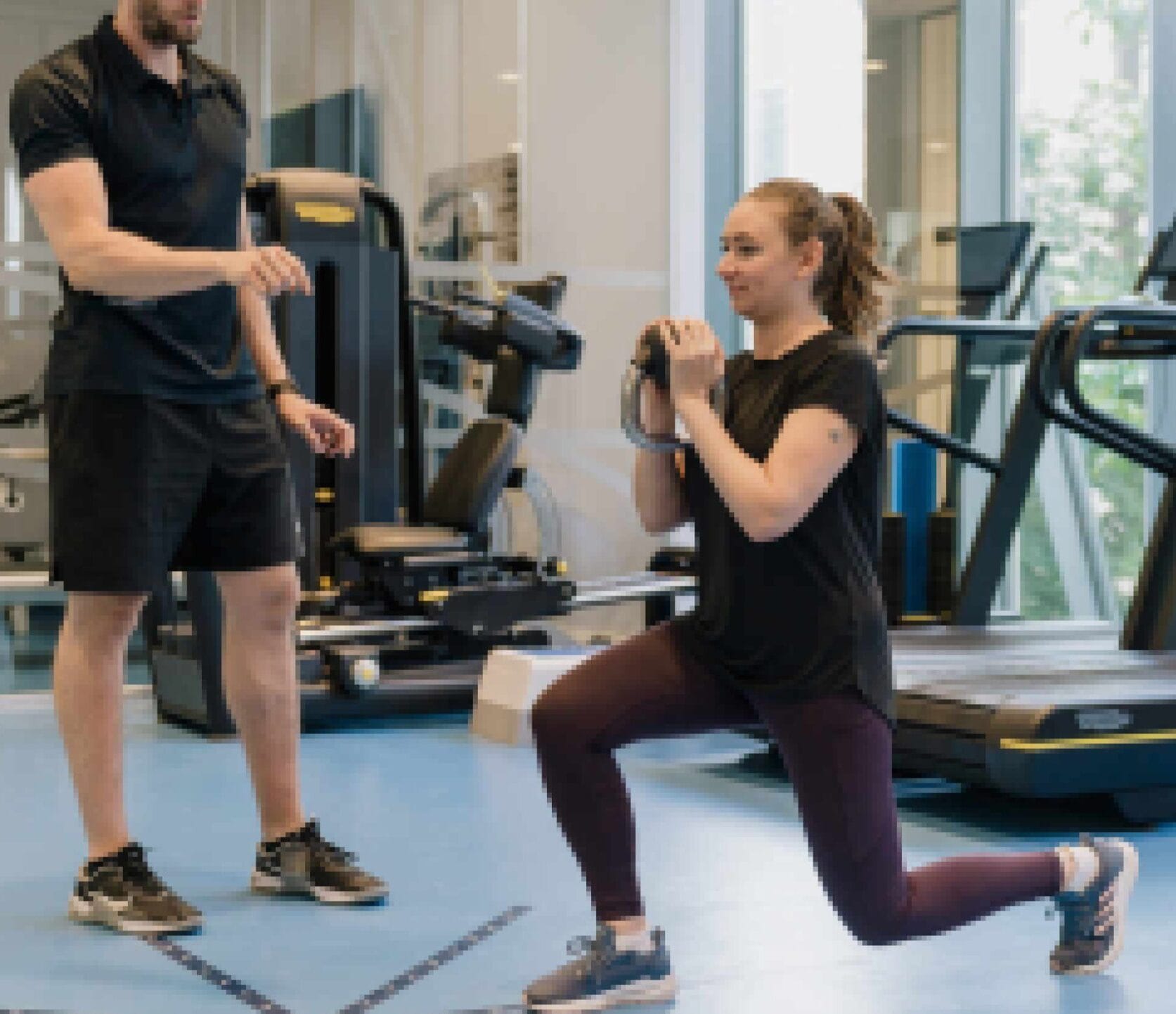How to Prevent Shin Splints

Pure Sports Medicine
- 25 February, 2019
- Physiotherapy
- Podiatry
- 3 min read
How to avoid shin splints with our top tips and management advice for new and seasoned runners.
Many new runners experience the pain of shin splints, particularly if they begin training on hard concrete or asphalt surfaces.
However, there are ways to prevent the likelihood of developing shin splits. Understanding what shin splints are, whether you are likely to develop them, and how to strengthen key areas of your body for treatment of shin splints may help you to prevent the onset of this painful runner’s ailment.
What are shin splints?
Shin splints are a repetitive overuse injury that often affects runners.
Medically, shin splits are commonly referred to as MTSS (medial tibial stress syndrome), which means injury to the connective muscle tissue on the inside of the leg bone, usually the lower third. It is not uncommon for runners to get shin splints in both legs at the same time.
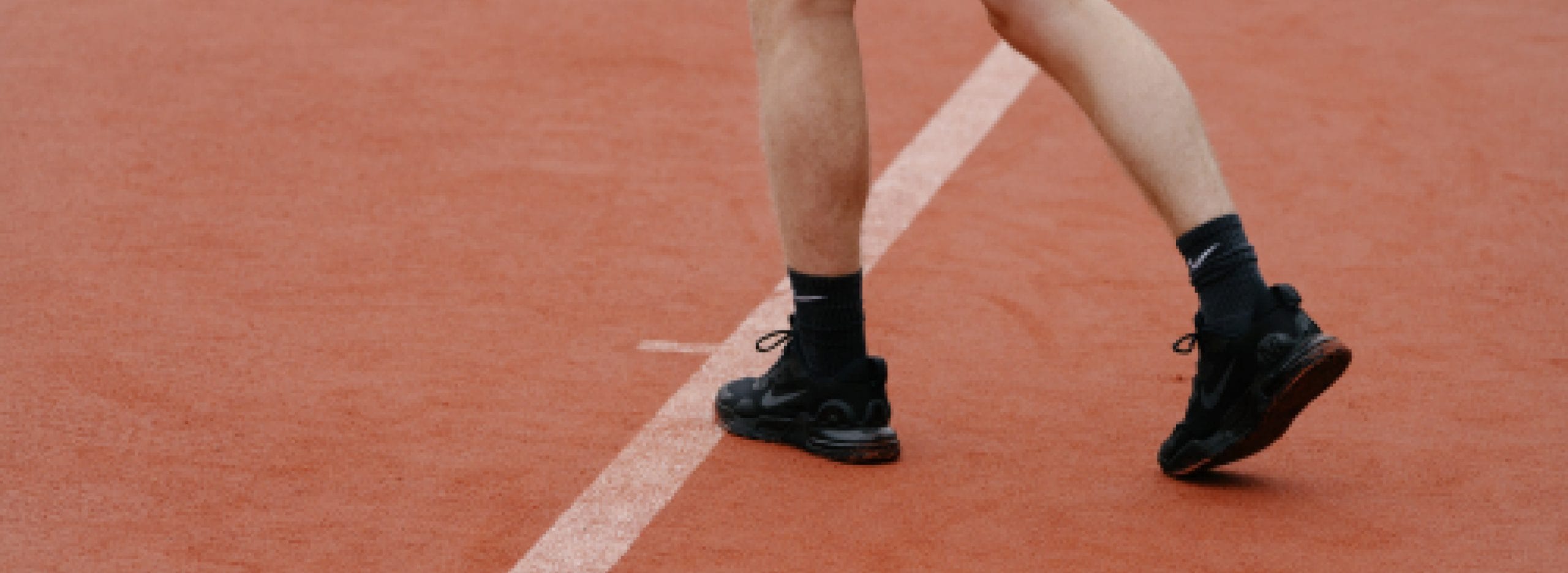
Signs and symptoms of Shin Splints
When a runner experiences shin splints, the most common symptoms may include:
- Pain and tenderness along the lower inner leg bone (often just a few inches above the inner ankle bone).
- Increased pain when running on hard surfaces or running downhill.
- Feeling pain fairly early on in the run, then subsiding as the leg muscles warm up, and then returning as the mileage increases.
Shin splints are often caused by poor running techniques, such as running with an over-stride and landing on the heel. An over-stride occurs when the foot lands in front of the knee and causes increased loading on the shin bone (tibia) and muscle, specifically the tibialis posterior muscle. Running with an over-stride can be the result of running with a slow step rate, also known as cadence, or running with a forward lean.
In addition to running technique, there are aspects that can increase the risk of a runner developing shin splints, such as, if you have previously had shin pain for other reasons, if you have poor movement in the feet such as pronation or flat feet, if you are new to running or athletic physical activity in general, and it appears to be more common in female runners.
For younger athletes, it’s important to be aware that over-training during adolescence can also have a negative impact on bone growth and can lead to problems with bone health in the future. Working with or monitoring this with a healthcare professional can help reduce this risk.
How to avoid / manage Shin Splints
The following suggestions should help you to manage the load, or weight, put through your shins and decrease the risk of shin splints:
1. Design an appropriate training plan
…that gradually builds your endurance, and avoids a sudden increase in mileage or speed. Remember that your body can only cope with the weight or load that it is currently strong enough to tolerate. Steadily increasing your distance or speed over a number of weeks is a safe way to increase this, but too much too soon can lead to injury.
2. Run on soft surfaces
…such as trails, tracks, and treadmills, where possible. This will help to improve shock absorption and to spread the forces and weight through the lower leg more evenly.
3. Wear the right footwear
…for your foot type. For example, if you are a heavy-footed runner, you might want to consider wearing more cushioned shoes.
4. Think about changing your running technique
…to decrease the weight going through your shins. Try running with a more upright posture by keeping your chest open and your hips forward. Also, try taking smaller strides or running with softer steps. These techniques should help to stop you from overstriding.
5. Start strength training
Include exercises to strengthen the calf muscles as well as the muscles above, such as the hamstrings, gluteals (buttocks), and your core. These muscles will work together to improve your momentum and step rate. Your gluteals and core muscles will also help you to maintain an upright posture.
6. Research
Do your research and keep up to date with running coaches and experts. To get you started, check out the 5 exercises we shared with COACH magazine to help treat shin splints.
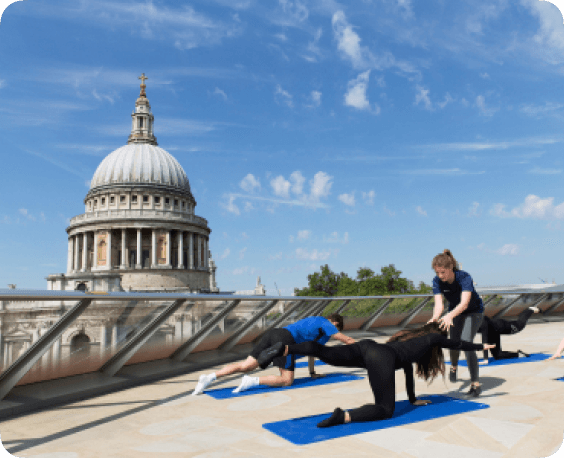
Taking some of these preventative measures now will reduce your risk of getting shin splints and save you pain and recovery time in the future — keeping you running for longer!
Plus, improving your running technique might also prevent other types of injuries, which will also help you achieve your running goals.
The bottom line is, prevention is key, but if you are already experiencing these symptoms, it’s important not to run from the pain, as it will only make things worse.
If you have shin splints or pain and swelling, we recommend that you speak to a physiotherapist or other medical professional with expertise in running injuries.
Thinking about taking up running, but not sure where to start? Or are you enjoying running but experiencing shin splints or other running-induced pain?
Use our running assessment to help get you started and iron out any niggles, and help you enjoy running for longer!
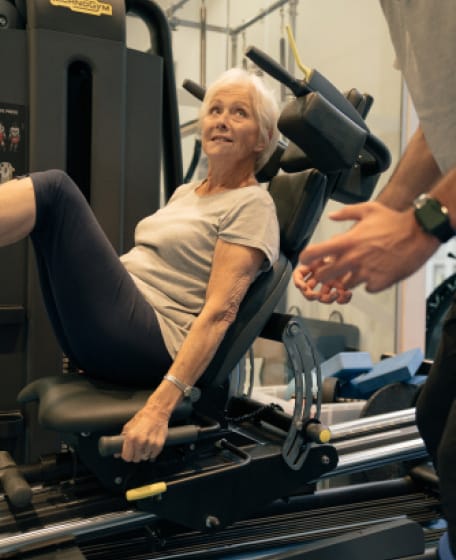
Advice
Over the last 20+ years our experts have helped more than 100,000 patients, but we don’t stop there. We also like to share our knowledge and insight to help people lead healthier lives, and here you will find our extensive library of advice on a variety of topics to help you do the same.
OUR ADVICE HUBS See all Advice Hubs